Exploring the Causes and Effects of Measles Vaccination Programs
VerifiedAdded on 2023/06/16
|5
|1085
|178
Essay
AI Summary
This essay discusses the causes and effects of measles vaccination, beginning with the measles outbreak in 1954 that led to the isolation of the measles virus and subsequent vaccine development in the 1960s. It highlights the impact of vaccination on reducing measles cases, including a significant decline in the 1980s following vaccination uptake. The essay also addresses the resurgence of measles between 1989 and 1991, particularly among children under five and disadvantaged populations, attributing this to lack of vaccination and socioeconomic factors. Furthermore, it emphasizes the role of vaccination in counteracting measles, making it affordable, and integrating it into modern medicine. The conclusion underscores the importance of scheduled doses during early childhood and the role of healthcare systems in reaching targeted populations to curb the disease, leading to a near-complete elimination of measles.
1 out of 5
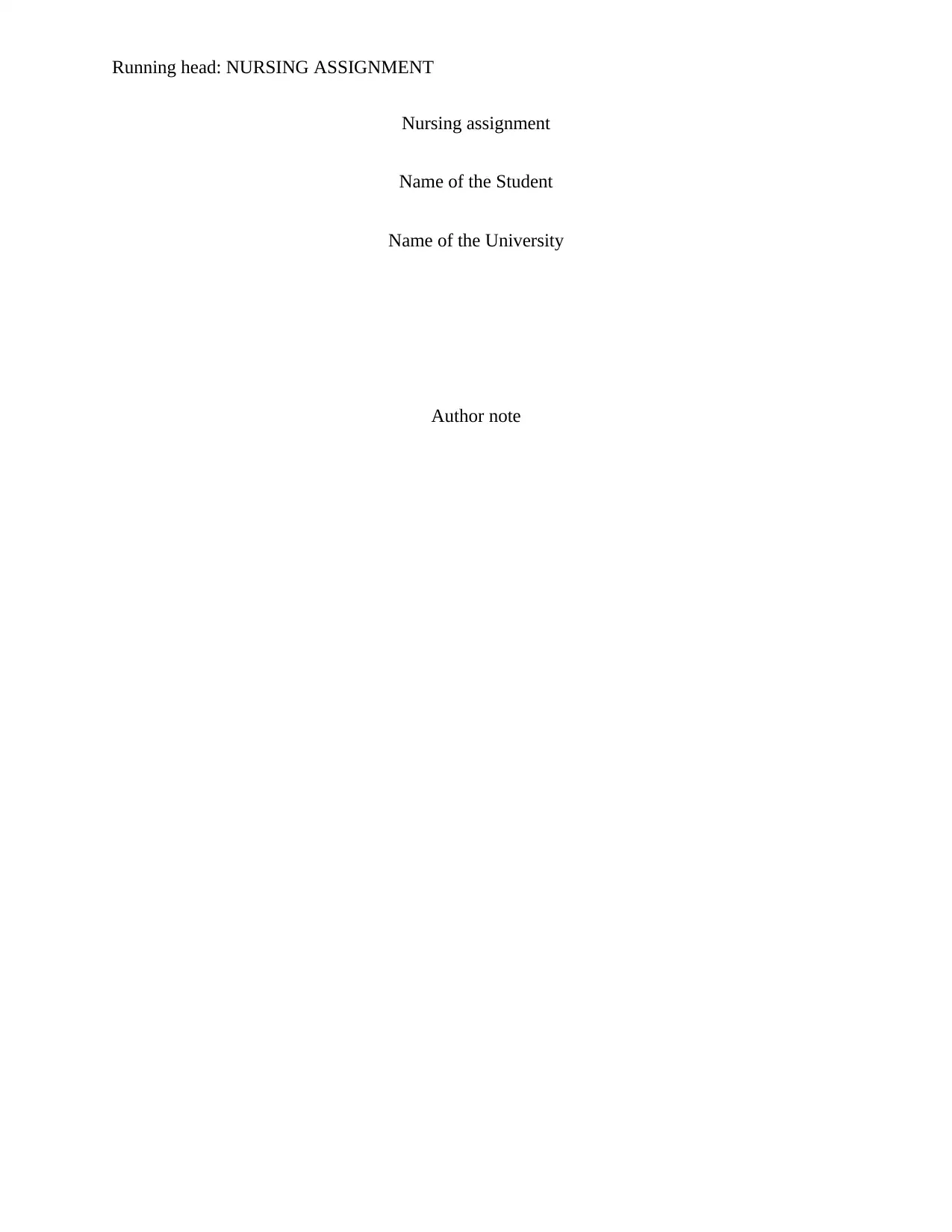
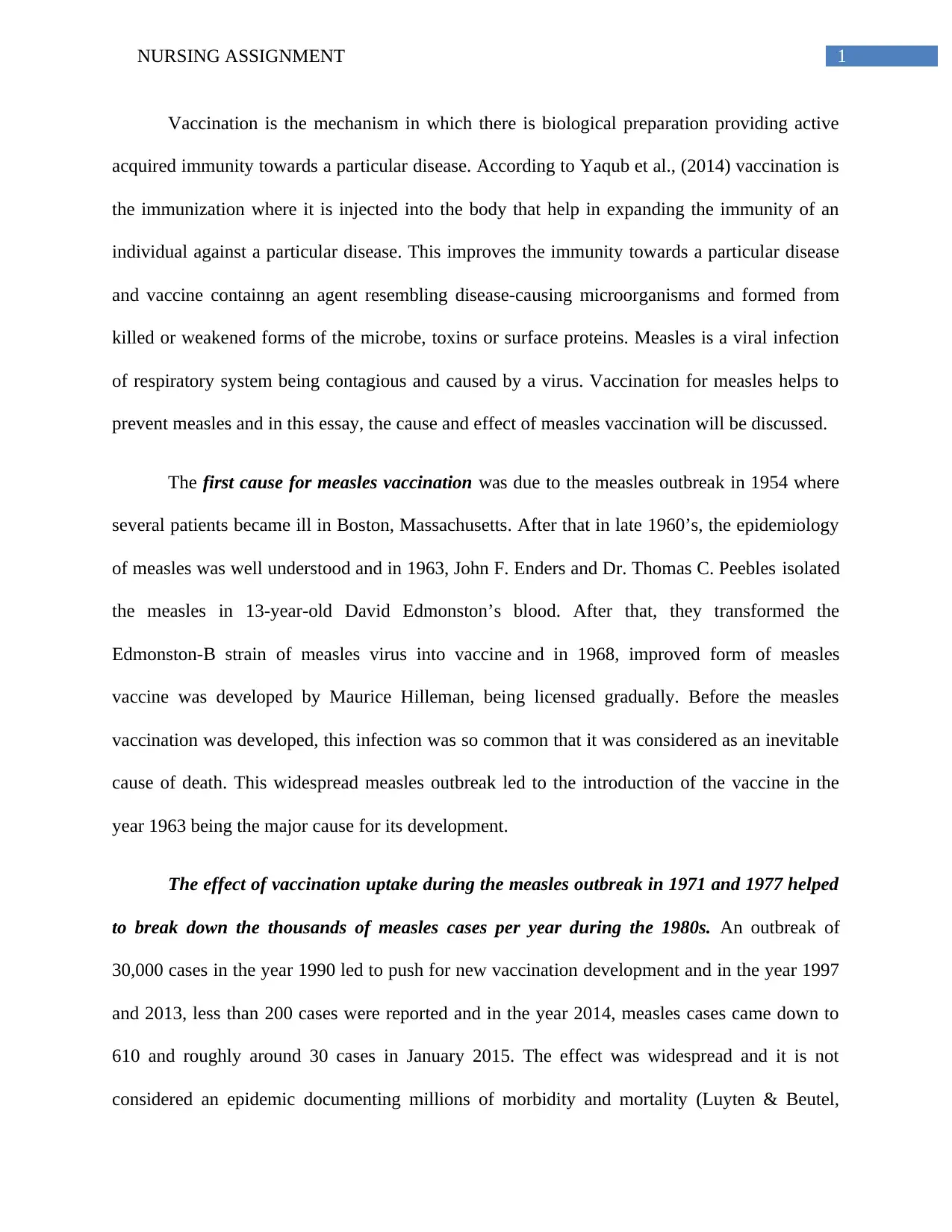
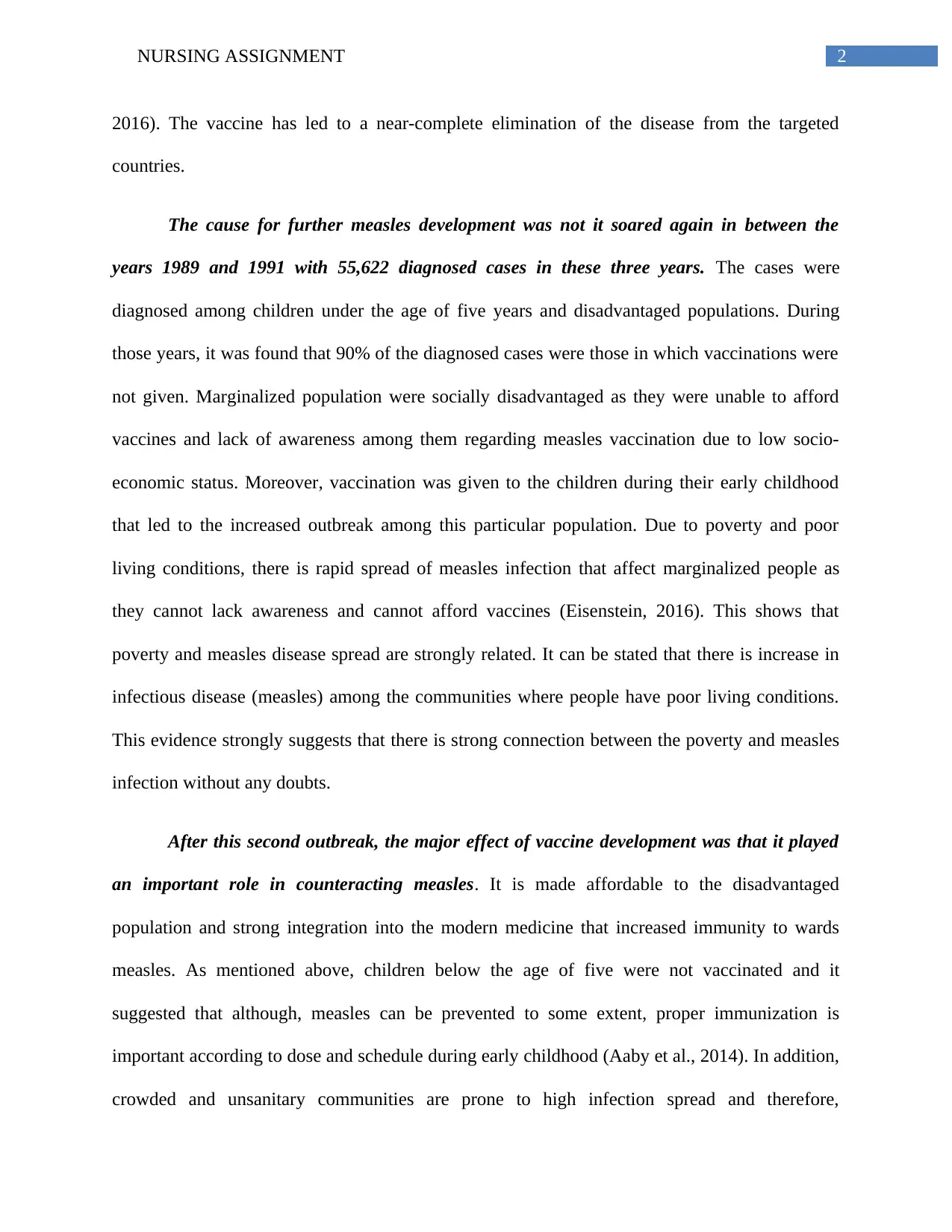
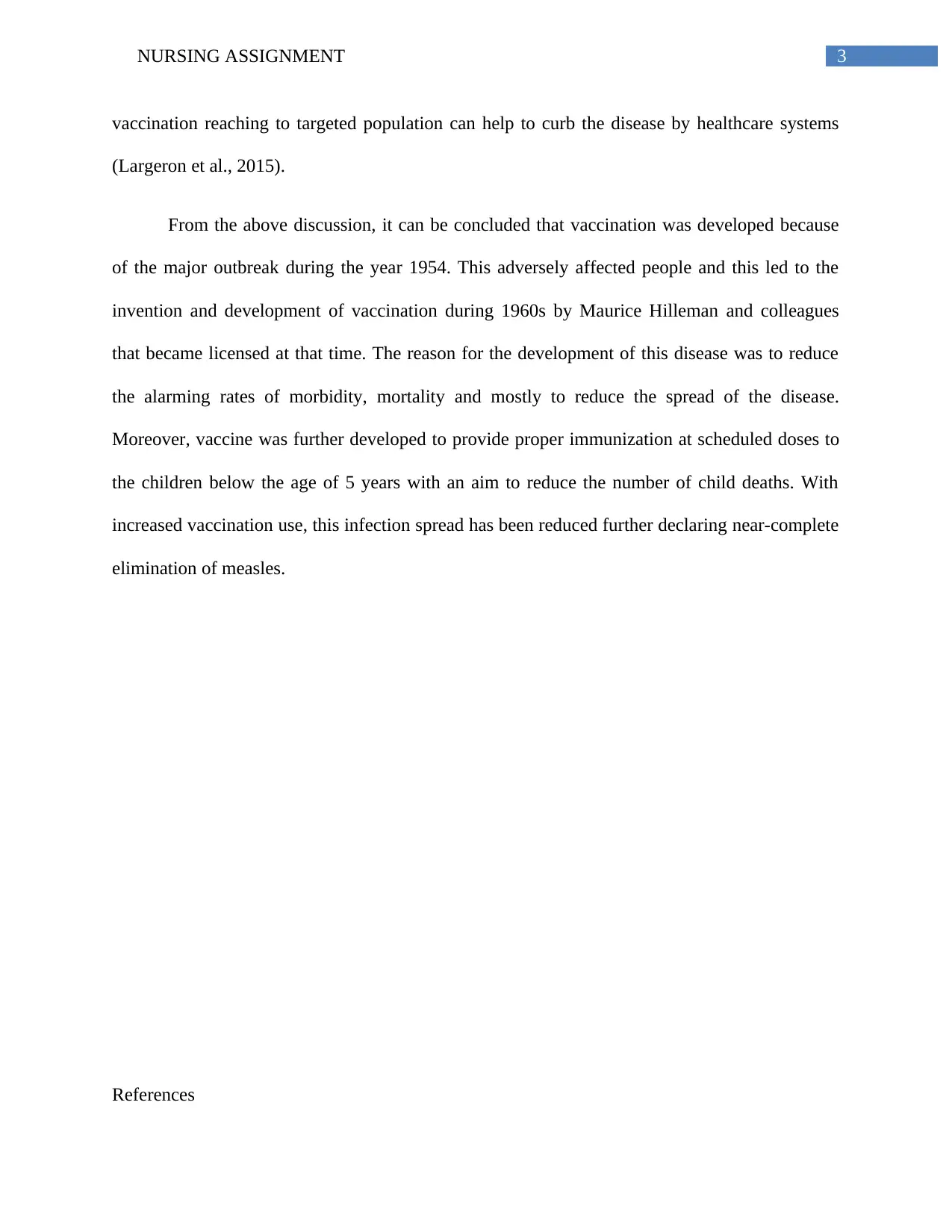
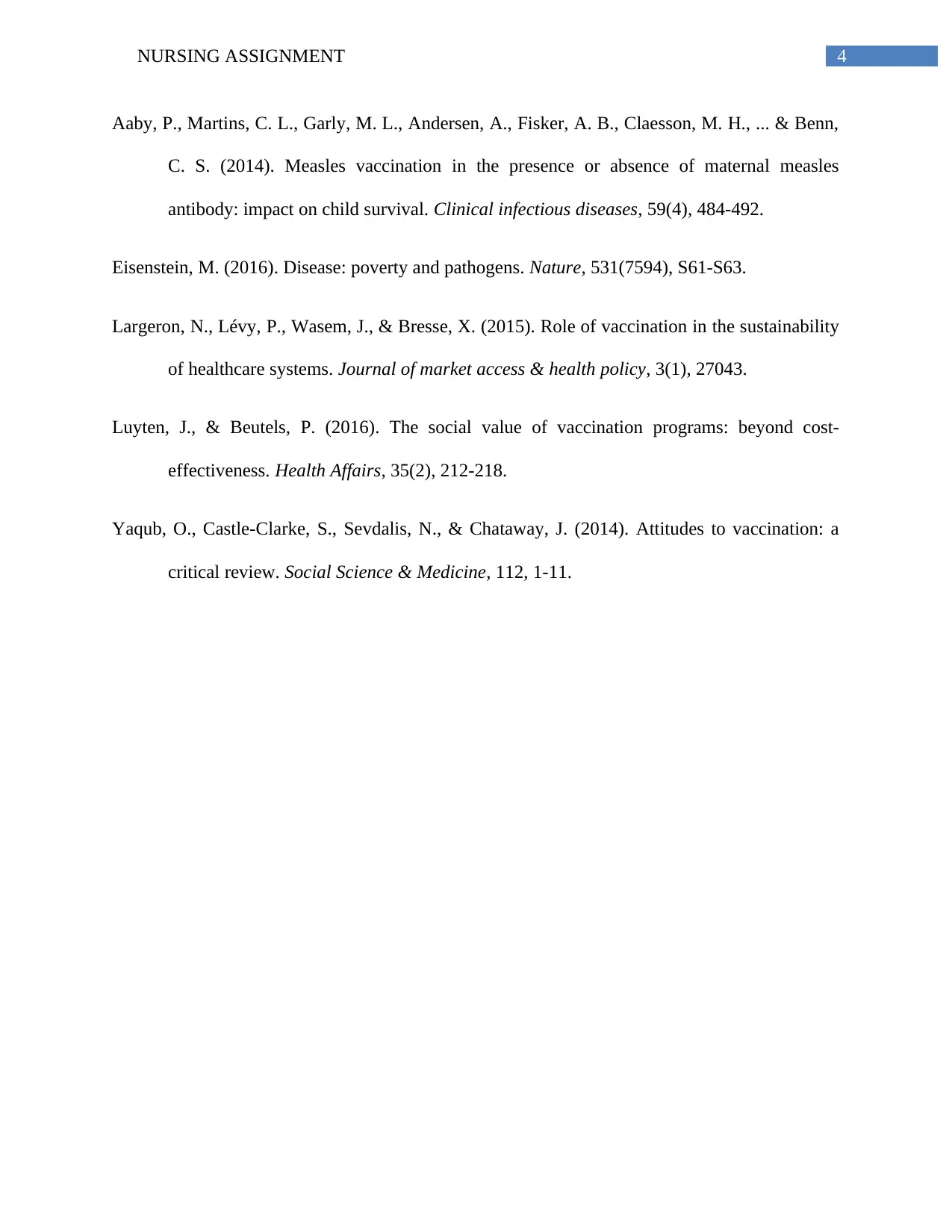






![[object Object]](/_next/static/media/star-bottom.7253800d.svg)